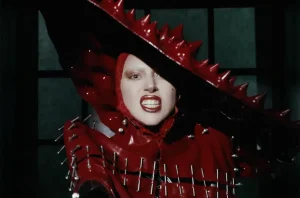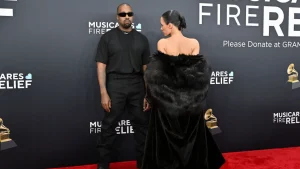
The recent rerelease of classic films like Hocus Pocus and The Nightmare Before Christmas in theaters underscores an interesting phenomenon, people remain deeply attracted to beloved franchises from their past. These screenings were far from half-empty nostalgia trips. Audiences packed into cinemas, willingly paying full price to experience beloved stories on the big screen once more.
It raises questions about how entertainment industries leverage the power of established brands over time. Hollywood clearly understands the enduring draw of familiar names – the biggest family films set for next holiday season are all sequels or reboots mining known properties. Even as options multiply, recognizable titles draw people back.

The music industry tends to focus energy on discovering the next new act, an understandable yet high-risk approach. But some performers in past decades built loyal fan bases before losing momentum, partly due to narrower exposure avenues. Their stories feel unfinished.
What if reintroducing select legacy artists and catalogs to today’s crowded space recaptured interest? In an oversaturated market, building on preexisting affinity could forge connections between generations. It honors creative work and allows a spark to reignite that may have faded prematurely through no fault of the artist.

Nostalgia reliably sells, so why not leverage it to breathe new life into faded stars? With care and appreciation for the enduring influence of some performers, revival need not equate to a lack of new ideas. It could turn forgotten franchises into thriving ones once more by looking to the past to enhance the future. Done right, revisiting select legacy acts simply builds bridges across eras.

Several songs from films and television are experiencing renewed chart success in the UK thanks to syncs that are resonating with modern audiences… Read Here






